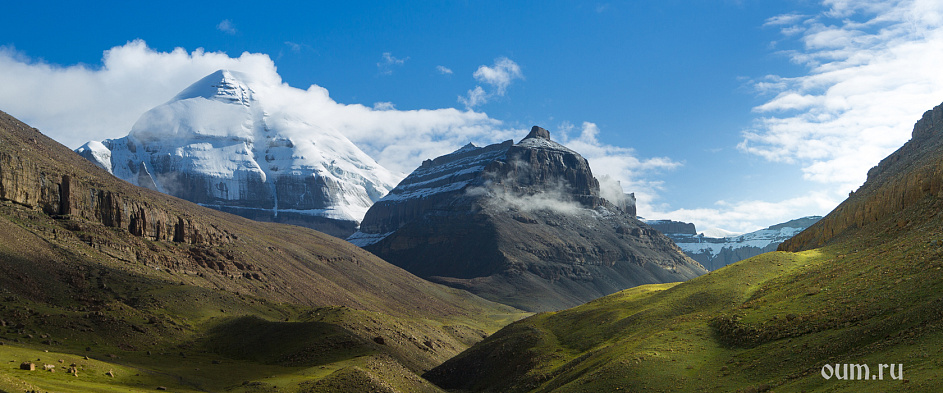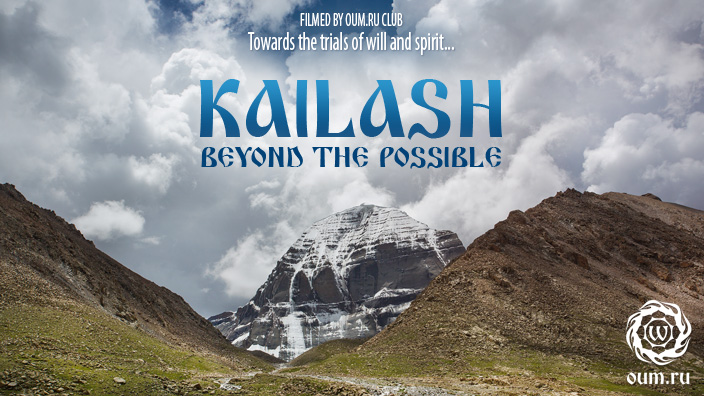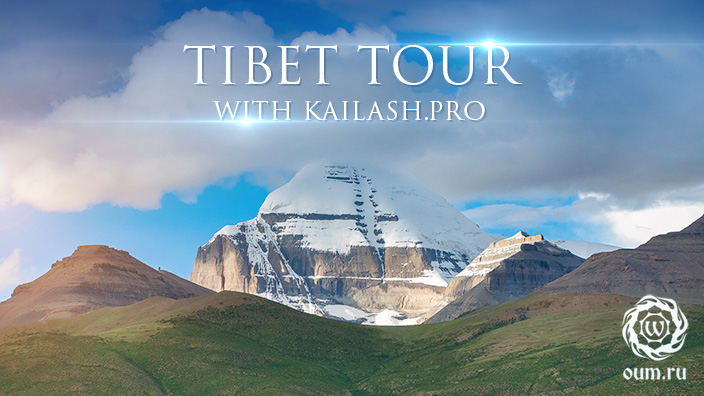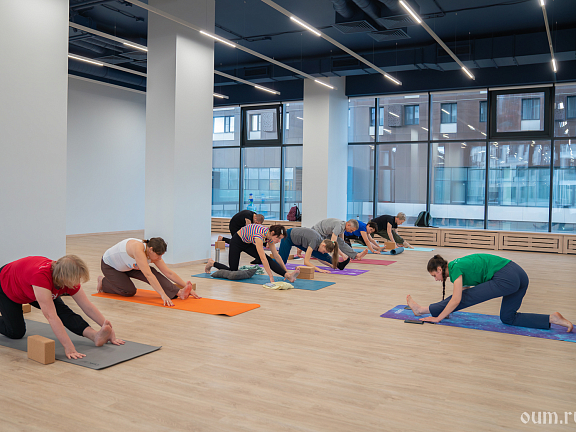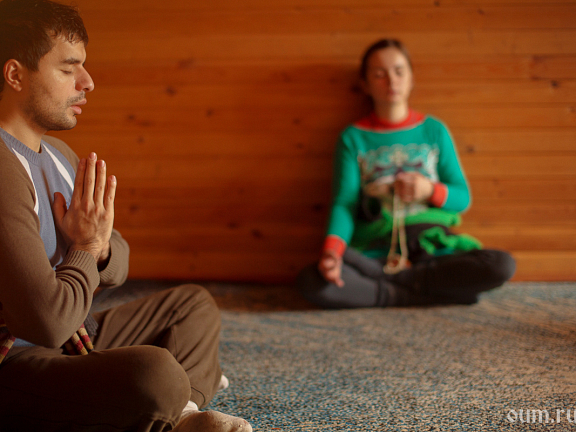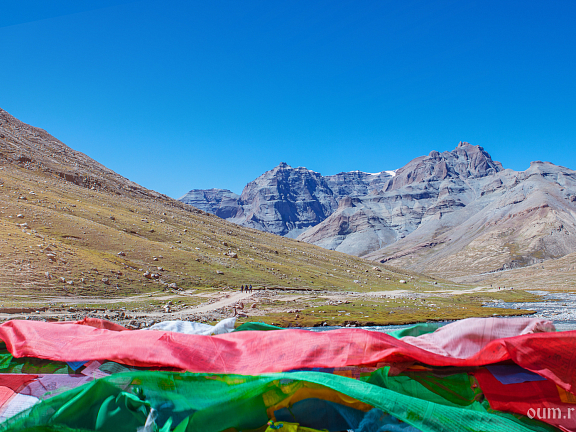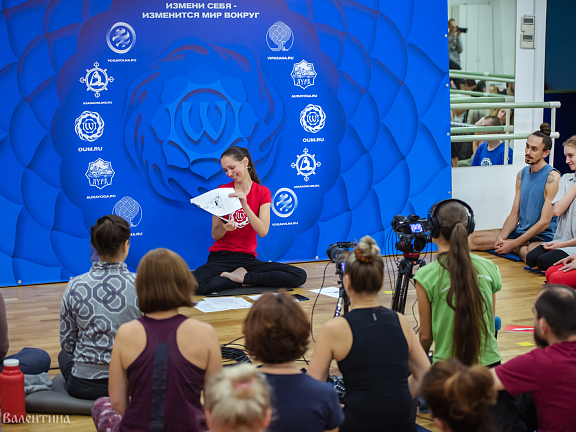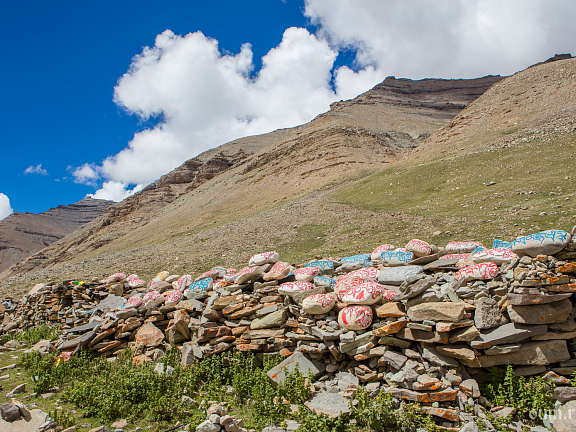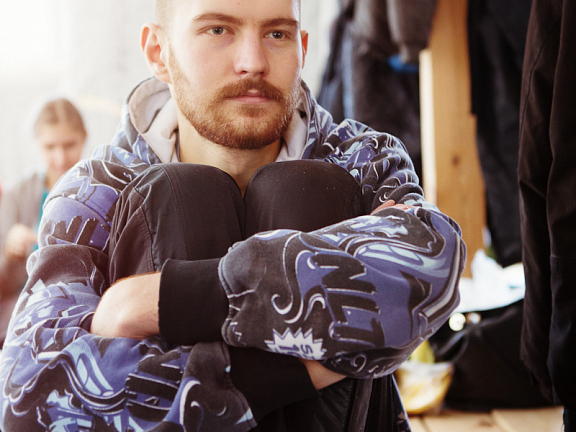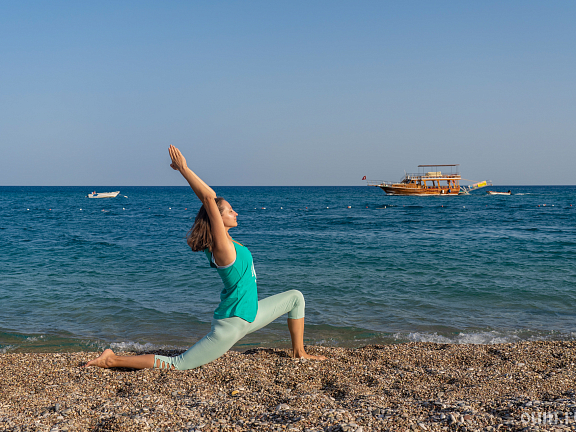Great Tibet Tour
We will go on a yoga tour to Tibet to the most sacred places of this region. The yoga tour program includes making the outer Crust around Mount Kailas. The trip includes visits to the following places:
- Samye Monastery is the first Buddhist monastery in Tibet;
- Ganden Monastery, which was founded by Lama Tsongkhapa;
- the cave monastery of Drak Yerpa, where Padmasambhava meditated with his wife Yeshe Tsogyal;
- Jokang Monastery – the abode of the statue of Buddha Shakyamuni, which was made during his lifetime;
- Tashilunpo Monastery – residence of the Panchen Lamas;
- Kiirong – the place of Milarepa's ascension;
- Lake Manasarovar, where, according to legends, Shiva's wife, Parvati, loved to spend her time;
- Chiu Monastery, where Padmasambhava spent his last 7 days of his life;
- making the outer crust around the sacred Mount Kailash (three days), one of the strongest places on Earth.
The tour is conducted by
Tour program
Along the route there will be lectures and talks about yoga and self-improvement, and the practice of the OM mantra. The practice of Hatha yoga asanas will be conducted wherever it is possible and relevant.
The beginning of the guide
Meeting at the airport. The first meeting with the members of the main group.
Departure from Moscow. Arrival in China.
Transfer to Lhasa (the capital of the Tibetan Autonomous Region).
1 day
Departure from China. Arrival at Lhasa Airport.
Gongar – Tsetang – Chongye crossing.
The Tomb of the Tibetan Kings is the largest burial place of kings in Tibet, built during the reign of the Tubo Dynasty (VI-X centuries). It includes nine royal tombs of various shapes and sizes, which recall the rich history and culture of ancient Tibet.
Yungbulakang Palace – it is believed that this is the first building in Tibet. It was built in the II century BC for the first Tibetan king Nyatri Tsenpo, who, according to legend, he descended directly from heaven. Nyatri Tsenpo and the six subsequent kings were not buried and returned back to heaven when their life span came to an end.
Overnight in Cetang. Accommodation in a hotel in Cetang. Rest after the flight.
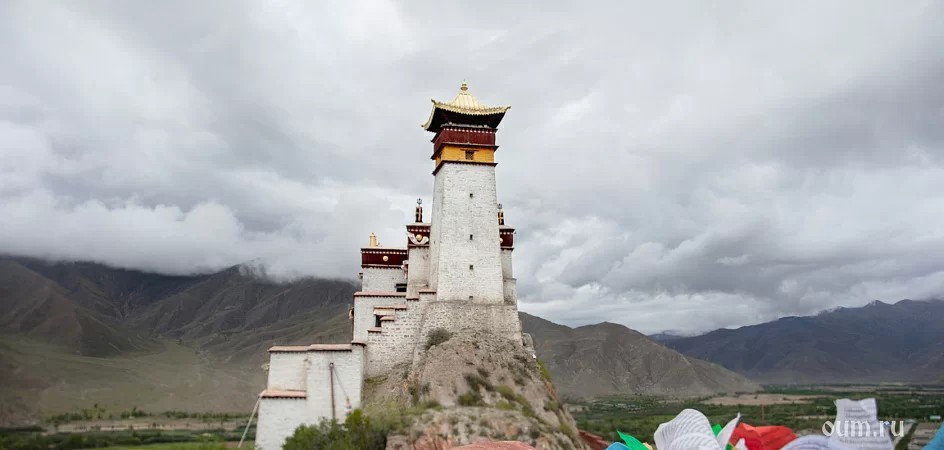
Day 2
Visit to Samye Monastery, the first Buddhist monastery in Tibet, founded in the 8th century. Padmasambhava and King Trisong Decen.
The monastery complex itself has the shape of a mandala: Utse – the main temple of the monastery, represents Mount Meru, and the 12 chapels surrounding it represent continents. Initially, the architectural ensemble of the Family consisted of 108 buildings, and the outer wall of the monastery was decorated with 1008 stupas. It was here that Indian and Tibetan scholars first translated the first Buddhist scriptures from Sanskrit into Tibetan. Excursion to the monastery. Transfer to Lhasa.
Accommodation at the hotel.
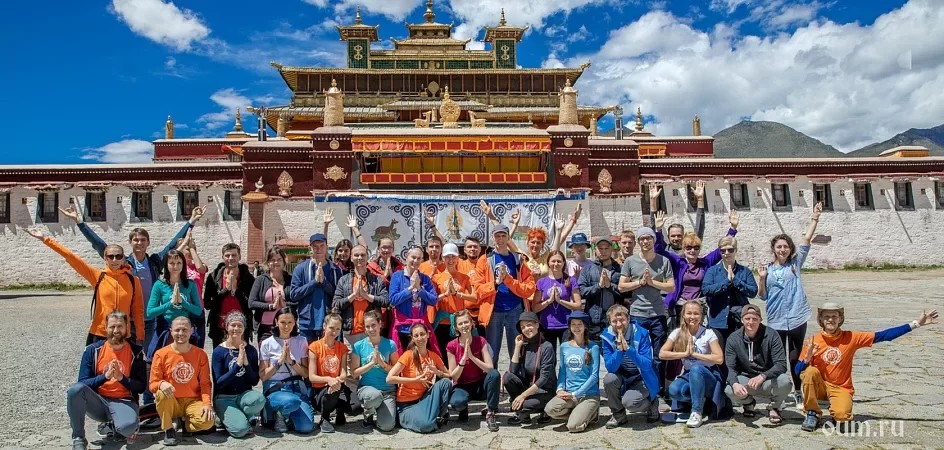
Day 3
Morning practice of meditation and hatha yoga.
Visit to Ganden Monastery.
Ganden is the cradle of Tibetan Buddhism and one of the main monasteries of the Gelug school, founded with the consent and approval of Lama Jae Tsongkhapa. In one of the sutras, Shakyamuni Buddha predicted the construction of a monastery Ganden, or in Sanskrit "Tushita", is the name in honor of the pure land where all the Tathagatas incarnate before descending into our world.
According to the scriptures, the Buddha of the Coming Maitreya now resides on Tushita.
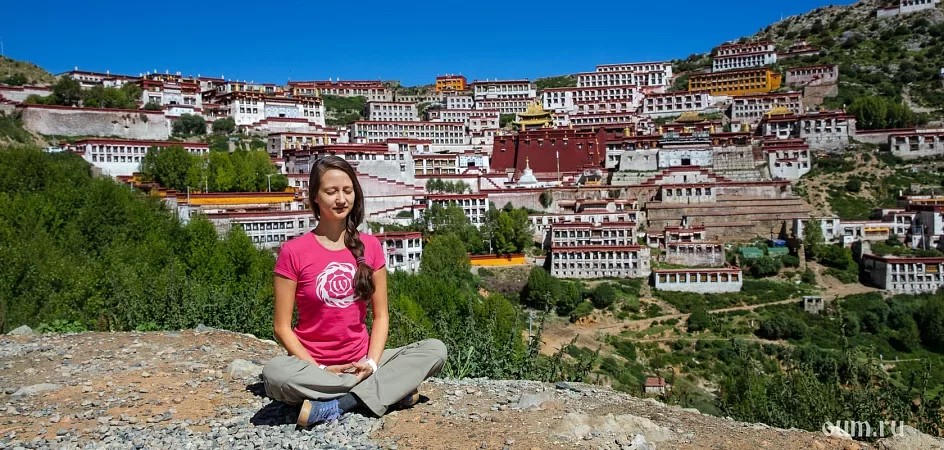
Day 4
Morning practice of meditation and hatha yoga.
In the morning, visit the Jokang Monastery.
Jokang Monastery is the spiritual center of Tibet and a sacred place for all followers of Tibetan Buddhism. In the central hall there is the main treasure of the monastery – the statue of Jovo Shakyamuni, which was made during the lifetime of the Buddha.
In the afternoon visit to the Drak Yerpa Cave monastery.
This complex consists of many caves for meditation and small temples.
Drak Yerpa is considered to be the most ancient place in Tibet where they practiced
hermits. A guest of King Trisong Decen meditated here
The precious Guru Padmasambhava, along with his wife, was still Tsogyal. He
spent more than seven months meditating here and gained some of his
supernatural abilities here.
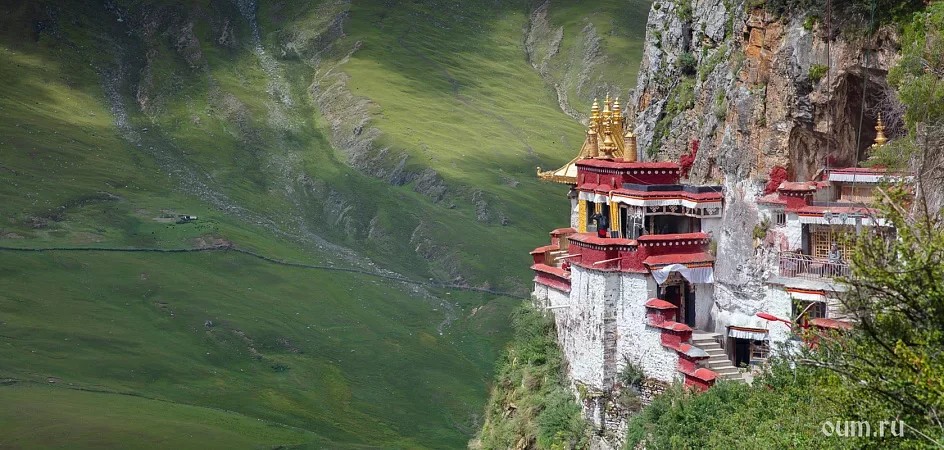
Day 5
Lhasa – Shigadze.
Morning meditation practice. Departure to Shigadze. Visit to Tashilunpo Monastery.
Tashilunpo Monastery is traditionally the residence of the Panchen Lama. If the Dalai Lama is considered the incarnation of the Bodhisattva of Compassion Avalokiteshvara, then the Panchen Lama, being his mentor, is recognized as the incarnation of Buddha Amitabha. The full name of the monastery literally means in Tibetan: ‘All happiness and well-being are gathered here.’
This monastery houses the largest statue of Buddha Maitreya.
Transfer to Lodz (about three hours). Overnight at the Ladze Hotel.
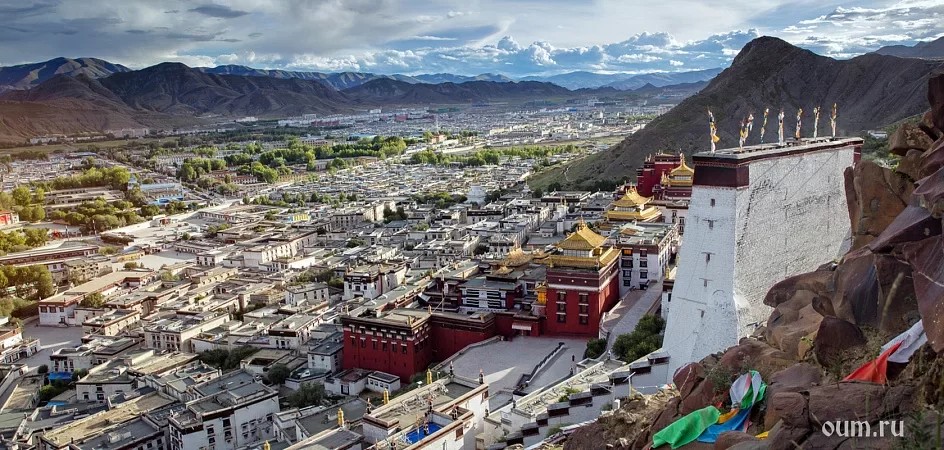
Day 6
Shigadze – New Tingri – Kiirong crossing.
Kiirong in Tibetan means ‘a happy place'. It is believed that Padmasambhava himself gave this place such a name, impressed by the incredible beauty of the local landscapes. Kiirong is the birthplace and ascension of the great Milarepa.
Overnight in Kiirong.
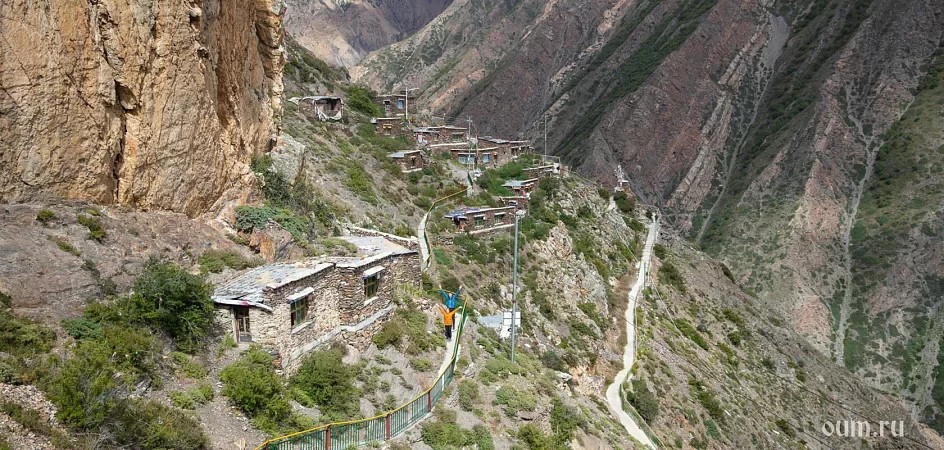
Day 7
Morning excursion to Chokrak Monastery. Visit to the Poka Temple, Padmasambhava Cave, Jatmin Lakhang, Gypu Canyon, Risong Gongbo Overnight in Kiirong.
Pakba Temple was built by order of Songtsen Gampo in the XII century. According to legend, Songtsen Gampo sent monk Akarmatishila to Nepal. Along the way, he met a sandalwood stump, which split into four parts, revealing four self-manifested images of Avalokiteshvara, called the "Four Majestic Brothers" (Pakba Cheji). One of the sandalwood images was kept in this temple. And even though the original is now stored in Lhasa, the temple remains imbued with amazing energy.
Overnight in Kiirong.
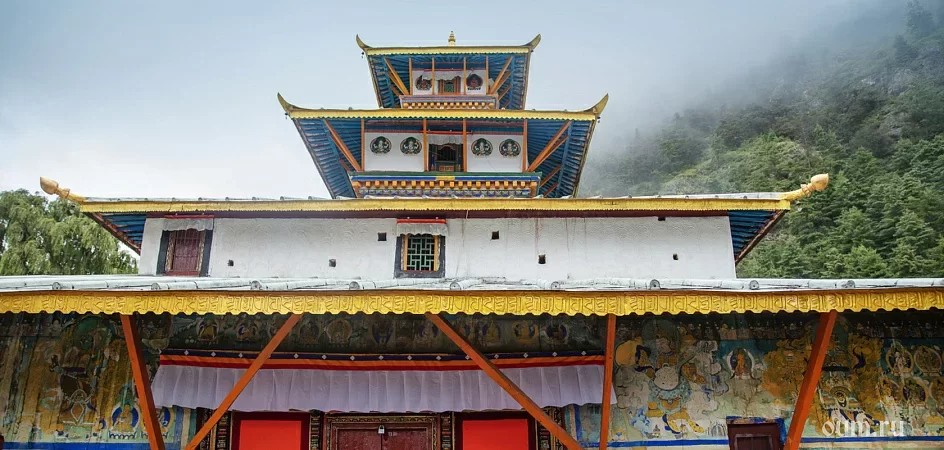
Day 8
Kiirong – New Dongba transfer.
Overnight in New Dongba.
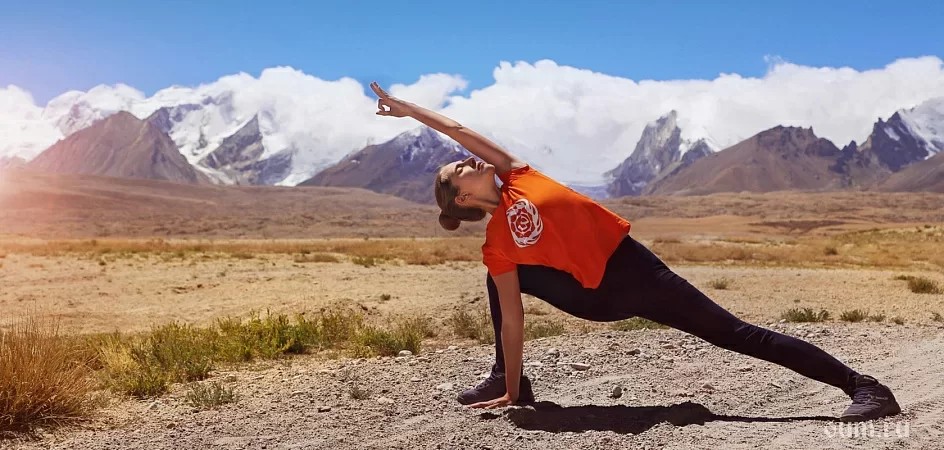
Day 9
Transfer New Dongba – Manasarovar – Purang.
Visit Chiu Monastery and Lake Manasarovar.
Lake Manasarovar is another legendary place in Tibet. According to Vedic texts, this lake originated from the mind of Brahma ("manas" – 'mind') and is a favorite place of Shiva's consort goddess Parvati. Manasarovar symbolizes feminine energy, and Kailash, which is clearly visible from here in good weather, is masculine. It is also believed that after the birth of Shakyamuni Buddha, the gods brought him here and washed him in the waters of the sacred lake.
The cave "Chiu" ("little bird") is located on a hill on the shore of Manasarovar. Padmasambhava practiced here for the last 7 days before he left this world. From the top there are magnificent views of lakes Rakshas Tal and Manasarovar, as well as the snow-covered peak of Kailash.
Transfer to Purang. Overnight at the Puranga Hotel.

Day 10
Visit caves, Kenji Monastery.
Visit to the temple in Puranga. Acclimatization before the Bark. Overnight at the hotel.
Keji Monastery (Khorchag) – according to one version, it translates as ‘the place where the revered object is located.’ One of the four self-proclaimed sandalwood images of Avalokiteshvara was kept here, which was subsequently destroyed by the Chinese. According to another version, when the silver statue of Manjushri was being transported, she suddenly spoke near Korchag and said: "I have wandered to this place (khor), and here I will settle (chags)!"
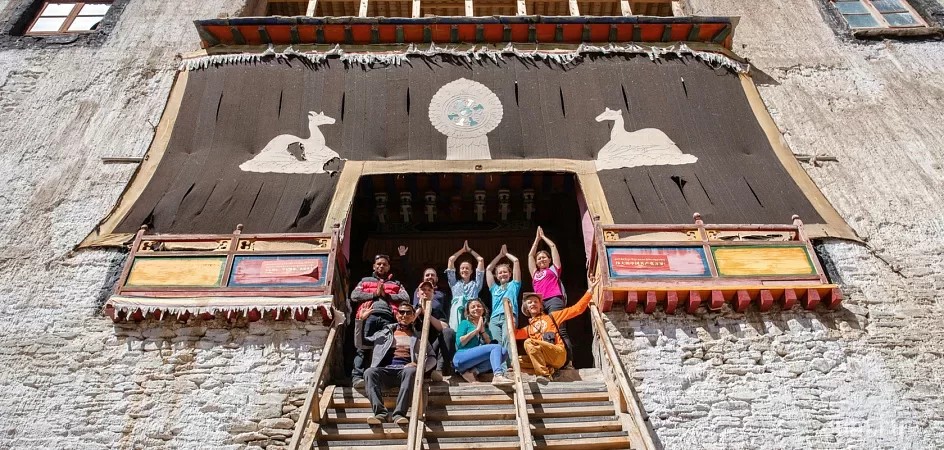
Day 11
The Purang – Darchen crossing.
Preparation for the Bark.
Overnight in Darchen. Rest in front of the Bark.

Day 12
The first day of the Kora – sacred circumambulation around Mount Kailash (about 15 km, altitude about 4700 m, gradual climb to 4950 m).
Overnight in a new guest house near the Northern face of Kailash.
If desired, you can visit the Dira Phuk Monastery.
Dira Phuk is the highest mountain monastery in the world, built around the cave where Guru Gotshangpa meditated in the XIII century. He was the first to identify Kailash as a sacred mountain and made the first Bark. Dira Phuk literally means ‘the horn of a female yak’. According to legend, a female yak showed Guru Gotshangpa the way through the Drolma-La pass.
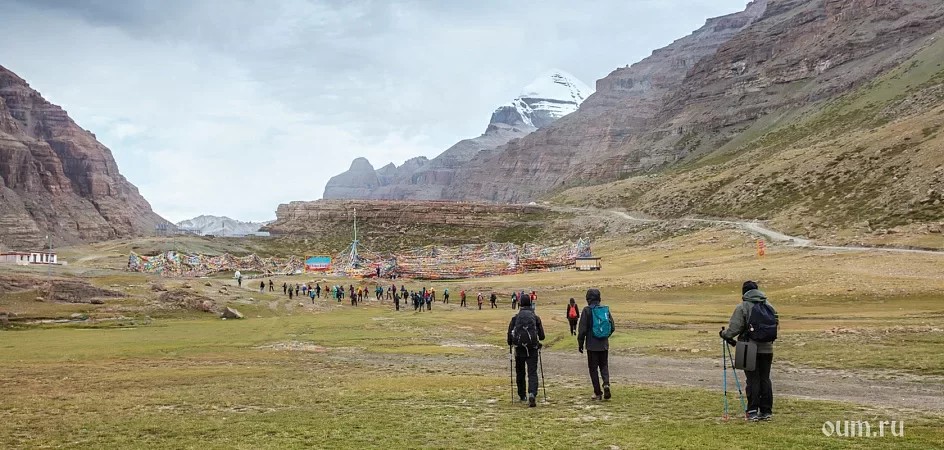
Day 13
The second day of the Crust (about 22 km). We overcome the Drolma-La pass (5740 m).
Overcoming the pass symbolizes a new birth and overcoming accumulated karma. Visit to Zutrul Phuk Monastery. Practice in the Milarepa Cave.
Overnight in a new guest house near Zutrul Phuk.
The monastery of Zutrul Phuk (translated as ‘Cave of Wonders') is built around the cave, which became the site of Milarepa's famous victory over the bon master Naro Bonchung. During the duel, Milarepa cut rocks with his palms and cut stones like butter with a knife. To the present day the prints of the feet, palms, head of the great yogi, the trident of Milarepa, which belonged to Milarepa, and the statue of the mystic poet, made by him with his own hands from precious metal shortly before his departure, have come down.
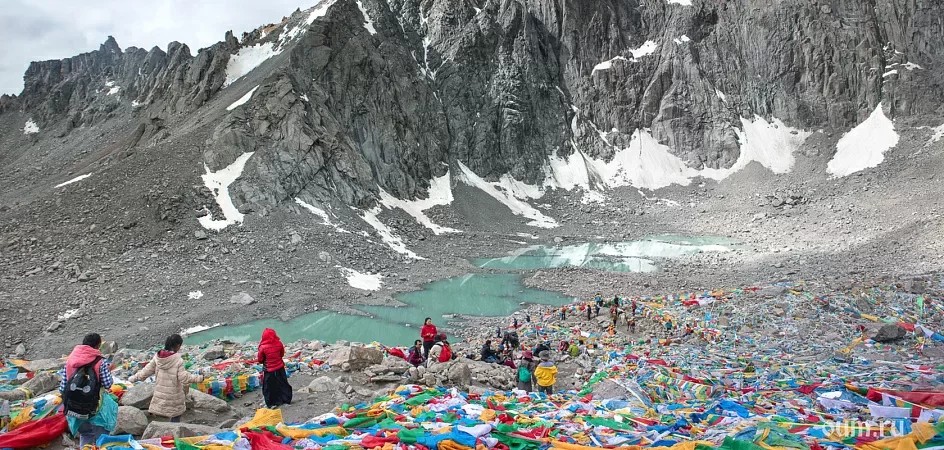
Day 14
The third day of the Bark. Early rise.
Return to Darchen.
The Darchen Saga crossing.
A night in the Saga.
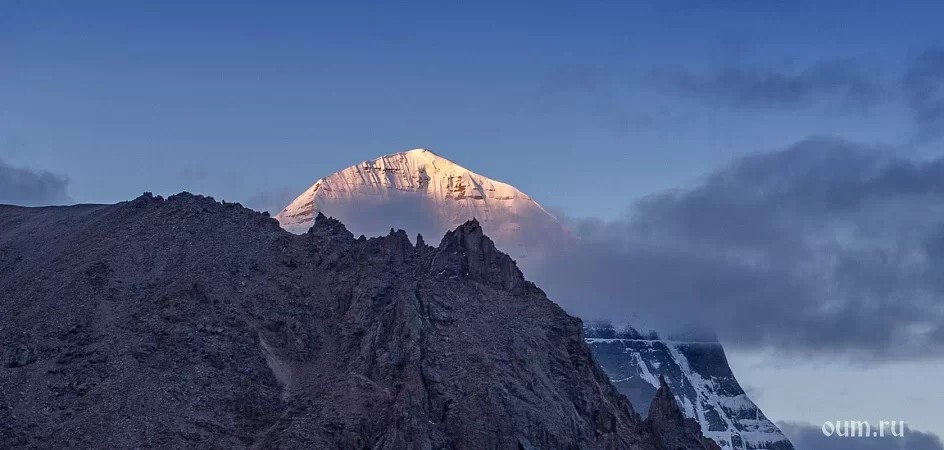
Day 15
The Saga – Shigadze crossing.
Overnight in Shigatse.
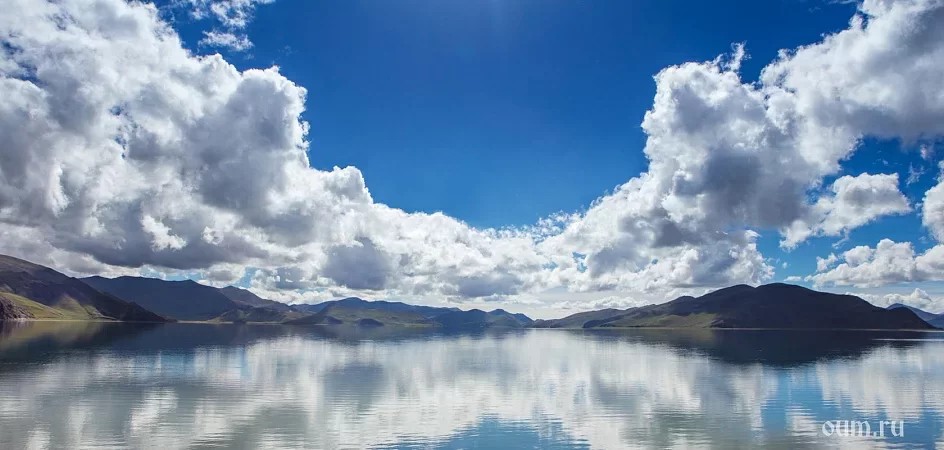
Day 16
Shigatse – Lhasa crossing.
Stops for photographing the amazing landscapes of Tibet.
Practice Hatha yoga wherever possible. Accommodation and rest in a hotel in
Lhasa.
Day 17
Morning meditation. The practice of hatha yoga. Free day in Lhasa.
Summing up the results of the trip. Preparing for the return. Buying
souvenirs.
Overnight in Lhasa.
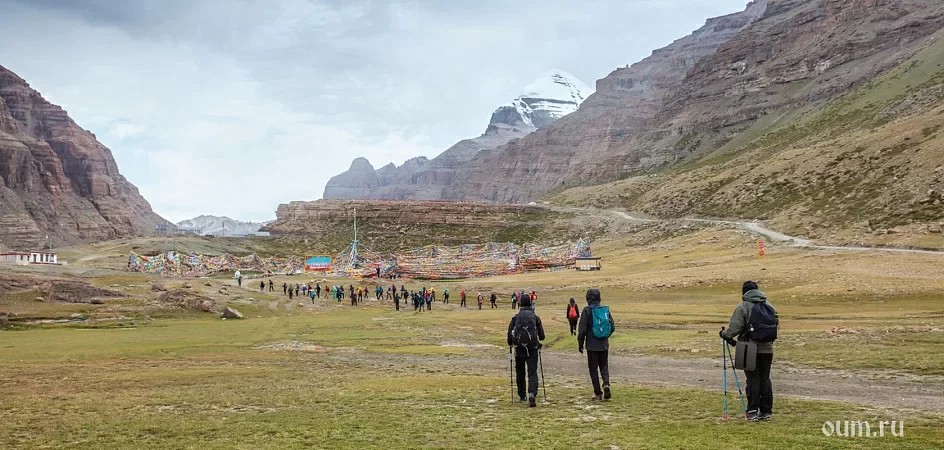
Day 18
Morning meditation. The practice of hatha yoga. Flight Lhasa – China.
Departure from China to the destination cities.
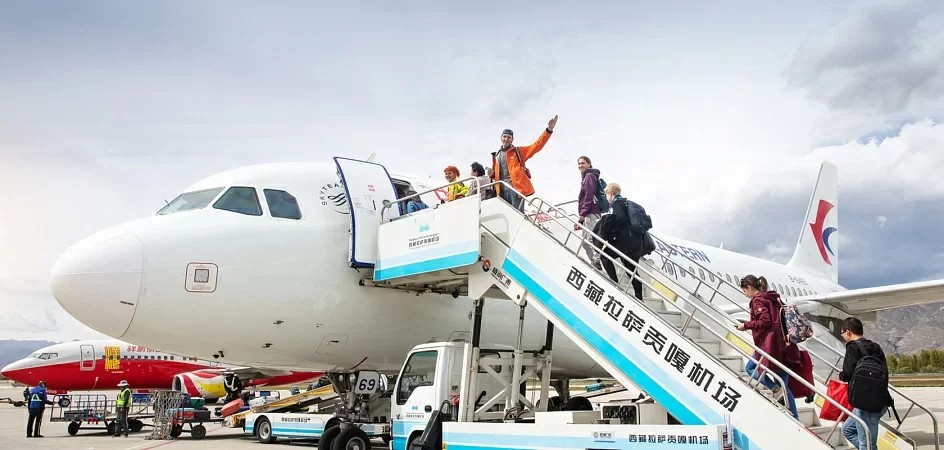
Tour price
The price includes:
- Transfers along the route in Tibet on a comfortable bus.
- Double occupancy, with shower and toilet in the room (except for three nights during the Bark).
- Entrance tickets along the route.
- Excursion program and guide support.
- Lectures and practices on yoga.
- Porters or yaks for three days of Bark around Mount Kailash (at the rate of 1 porter for 2 people (maximum 12 kg).
- Payment for transit sections of roads and some parking lots where buses are required to stop.
The price does NOT include:
- Flight to Lhasa.
- Chinese visa + medical insurance.
- Meals (meals are paid for independently, it takes about $ 200).
- The cost of photo and video filming in temples and places that we visit.
- Tips for the guide and drivers. (30-50$)
A trip to Kailash implies leaving the zone of habitual comfort. For most people, this is austerity. There may be events that will test you for strength and durability. Not only the sun, snow or rain.
Please be prepared for the fact that unusual conditions and circumstances may manifest around you, as well as for understanding and realizing that all these circumstances manifest themselves only for your development and due to the karmic conditions you created in the past.
Austerities help to see your Path in a new way and, perhaps, establish yourself on it.
We will be glad to go to the sacred places of Tibet together!
Join if possible!
*The tour program can be adjusted in case of circumstances (force majeure) that are beyond the competence and responsibility of the organizers.
